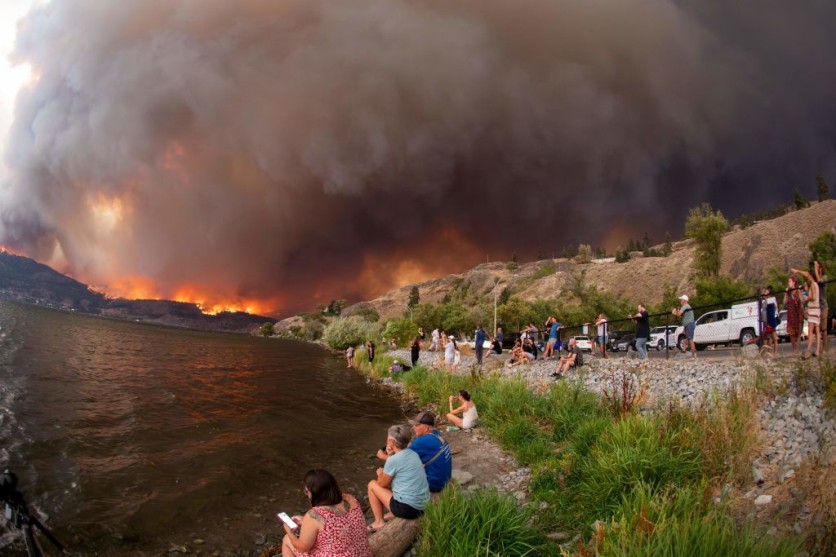
Firefighters in British Columbia, Canada, will soon have access to cutting-edge wildfire detection equipment that makes use of satellites, artificial intelligence (AI), 5G connections, and other technologies to spot raging flames before they spread. Major telecommunications company Rogers will implement the strategy in northern British Columbia.
By the end of the year, the ground-breaking system should be operational and include Pano AI cameras, which can detect smoke up to 20 kilometers away, according to Global News. These cameras will be connected to 5G towers, which will provide real-time data to track the progress of wildfires. Additionally, Rogers and SpaceX are working together to deploy satellite-connected sensors in provincially isolated areas, improving their ability to anticipate wildfires.
Rogers plans to expand this technology throughout Canada to fight wildfires.
Employing Tech to Address Wildfires
The move comes as British Columbia and Canada grapple with a record-breaking wildfire season, with over 24,000 square kilometers burnt in BC and 176,000 globally. More than 380 fires are presently being fought by firefighters in British Columbia, and 520 more are being fought worldwide.
In 2021, Rogers began studying how to combine 5G technology with AI for early wildfire detection in partnership with academics from the University of British Columbia and the BC Wildfire Service. Following one of the worst wildfire seasons on record in British Columbia in 2018, which destroyed approximately 8,700 square kilometers, this study was started.
Early Detection is Key
Utilizing the T-Mobile 5G network, similar Pano AI cameras have already been installed in a number of western US states, including Washington, Oregon, California, and Colorado. Notably, the early detection of a wildfire in Oregon's Mt. Hood National Forest in July demonstrated the camera system's effectiveness.
Despite not working with T-Mobile, Rogers emphasized that the performance of the US system validated the use of 5G technology for early wildfire detection.
Moreover, Rogers will provide satellite phones to the British Columbia Search and Rescue Association to improve communication in rural locations and assist emergency response capabilities even more, per Tesla North.
Early detection technology like this is crucial for preserving populations and natural habitats as climate change increases wildfire risk.
A BIV report quoted Rogers CEO Tony Staffieri saying, "Climate change is a global issue that requires urgent action. Communities across the country are facing the effects of unprecedented wildfires. We are proud to put our national network and technology partnerships to work to better detect fires and support Canadian first responders."

![Apple Watch Series 10 [GPS 42mm]](https://d.techtimes.com/en/full/453899/apple-watch-series-10-gps-42mm.jpg?w=184&h=103&f=9fb3c2ea2db928c663d1d2eadbcb3e52)



